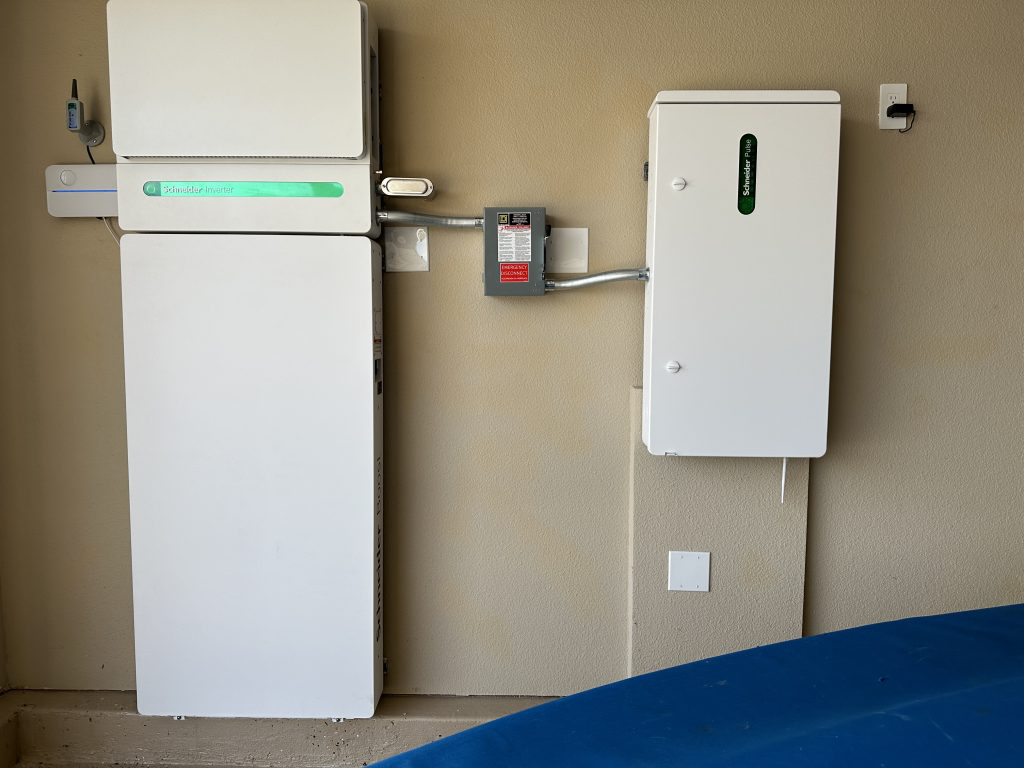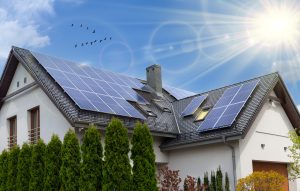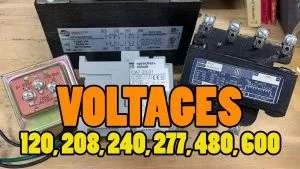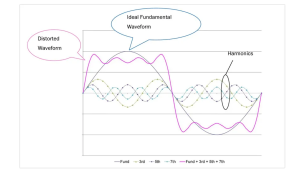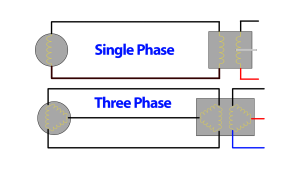Battery Energy Storage Systems
Energy Storage Systems (ESS) have become an integral part of modern electrical infrastructure. So much so that they are even beginning to make their way into the residential sector. As renewable energy sources like solar and wind become more prevalent, the need to store and manage energy efficiently has grown significantly. This article aims to provide a comprehensive overview of energy storage systems, including how they work, key players in the industry, and essential information electricians need for sales and installation.
What is an Energy Storage System (ESS)?
An Energy Storage System (ESS) is a technology that stores energy for later use. It can store energy generated from various sources, such as solar panels, wind turbines, or even the power grid itself. ESS can discharge this stored energy when needed, providing a consistent and reliable power supply. This capability is crucial for balancing supply and demand, especially when dealing with intermittent renewable energy sources.

There are several components that makeup energy storage systems, all working together to store and release energy efficiently. Some of these components include:
- Battery Packs: As the heart of many ESS’s, battery packs store electrical energy in chemical form. Common battery types used in ESS’s include lithium-ion, lead-acid, and flow batteries.
- Power Conversion Systems (PCS): These systems convert the stored energy from DC to AC power (or vice versa). Making it compatible with the grid or other electrical systems.
- Energy Management Systems (EMS): An EMS controls and optimizes the charging and discharging of the battery packs. Ensuring efficient use of stored energy and prolonging the lifespan of the batteries.
- Thermal Management Systems: These systems maintain optimal operating temperatures for the batteries, preventing overheating and ensuring safety and efficiency.
- Monitoring and Control Systems: These systems provide real-time data on the performance and status of the ESS. Allowing for remote monitoring and control to ensure reliable operation.
- Safety Systems: These include various safety mechanisms to prevent and mitigate issues such as overcharging, short circuits, and thermal runaway. Ensuring the ESS operates safely under all conditions.
How Does an ESS Work?
There are several types of energy storage systems. The most popular are Battery Energy Storage Systems (BESS). BESS’s are, essentially, massive batteries made of several battery packs which store electrical energy in chemical form. When energy is generated externally—whether from solar panels, wind turbines, or the grid—it is converted into a form that can be stored by the batteries. This is typically in the form of direct current (DC). The power conversion system (PCS) plays a crucial role here. Converting alternating current (AC) from the grid or renewable sources into DC for the batteries to store.
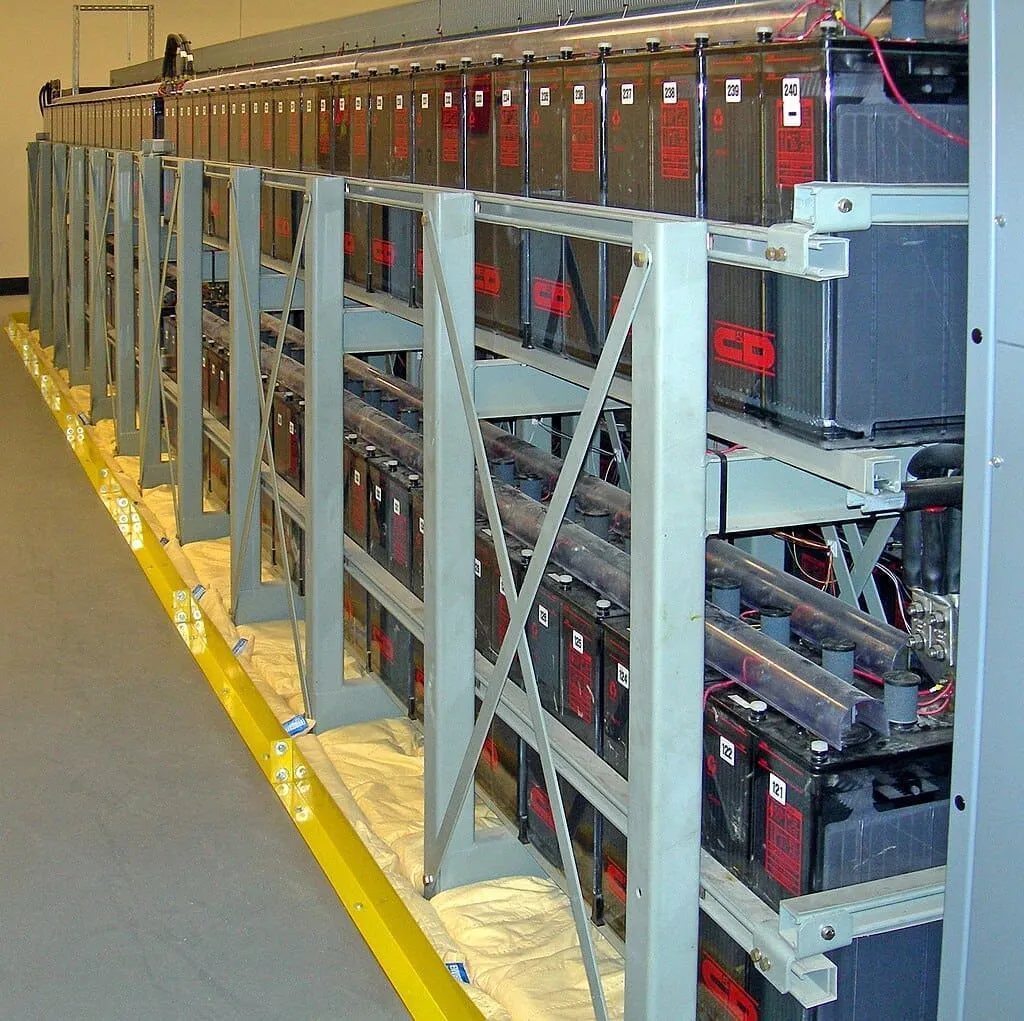
The Energy Management System (EMS) oversees this entire process. It ensures that energy is stored efficiently and released when needed. The EMS optimizes the charging and discharging cycles of the battery packs, balancing energy input and output to maintain system efficiency and battery health. For instance, during times of high energy production and low demand, the EMS directs the system to store excess energy. Conversely, during periods of high demand or low production, the EMS releases stored energy to meet the demand.
Thermal Management Systems are needed to maintain the batteries at an optimal operating temperature. Batteries generate heat during charging and discharging, and excess heat can reduce efficiency and lifespan, or even cause safety issues. Thermal management systems use cooling mechanisms, such as liquid cooling or air conditioning, to dissipate this heat and keep the batteries within a safe temperature range.
The Monitoring and Control Systems provide real-time data on the performance of the ESS. These systems enable remote monitoring and control. Allowing technicians and operators to track energy levels, system efficiency, and any potential issues. This up-to-date feedback helps in maintaining the reliability and performance of the ESS.
Finally, Safety Systems ensure the overall safety of the ESS by incorporating features like overcharge protection, short circuit prevention, and thermal runaway mitigation. These systems are critical for preventing accidents and ensuring the safe operation of the ESS under various conditions.
In essence, an ESS is a coordinated system in which the batteries store energy, the PCS converts energy as needed, the EMS manages the flow of energy, thermal systems regulate temperature, monitoring systems provide oversight, and safety systems protect against faults. Together, these components ensure that an ESS can reliably store and discharge energy, making it an essential part of our modern energy infrastructure.
Types of Energy Storage Systems
Though they may be the most well-known, not all ESS are battery-focused. Various types of energy storage systems (ESS) serve different purposes:
Battery Energy Storage Systems (BESS):
The most common type of BESS include lithium-ion batteries. Their high energy density, efficiency, and long cycle life make them widely used. They are suitable for a range of applications, from small-scale residential systems to large utility-scale installations. Their quick response times make them ideal for grid stabilization and renewable energy integration.
One of the oldest types of rechargeable batteries, lead-acid batteries are still used in some energy storage applications due to their low cost and reliability. However, they have lower energy density and shorter cycle life compared to lithium-ion batteries, making them more suitable for cases where cost is a major factor, and weight and volume are less of a concern.
Flow batteries, such as vanadium redox flow batteries, store energy in liquid electrolytes contained in external tanks. This design allows for scalability and long cycle life, as the electrolyte can be recharged and reused. Flow batteries are particularly useful for large-scale energy storage applications that require long-duration storage.

Mechanical Energy Storage Systems
Pumped Hydro Storage is a type of ESS that utilizes excess electrical energy to pump water from a lower reservoir to a higher reservoir. When energy is needed, the water is released back to the lower reservoir through turbines, generating electricity. Pumped hydro storage is one of the most mature and widely used large-scale energy storage technologies, offering high capacity and long-duration storage.
Compressed Air Energy Storage (CAES) systems store energy by compressing air into underground caverns or tanks. When energy is needed, the compressed air is released and heated, driving turbines to generate electricity. CAES can provide large-scale energy storage, but it requires specific geological conditions for underground storage and involves complex thermodynamic processes.

Thermal Energy Storage Systems
Commonly used in conjunction with concentrated solar power (CSP) plants, molten salt storage systems store thermal energy by heating a mixture of salts to high temperatures. This stored thermal energy can then be used to produce steam and generate electricity when solar energy is not available. Molten salt storage is effective for providing long-duration storage and helps stabilize the output of CSP plants.
Ice storage systems store energy by using electricity to freeze water into ice during off-peak periods. During peak demand periods, the stored ice is used to cool buildings. This reduces the need for air conditioning and thereby shifting energy demand. Ice storage is primarily used in commercial buildings to manage cooling loads and reduce energy costs.

Chemical Energy Storage Systems
Hydrogen energy storage involves using electricity to produce hydrogen gas through electrolysis. The hydrogen can then be stored and later converted back into electricity using fuel cells or combusted in turbines. Hydrogen storage offers a flexible and scalable solution for long-term energy storage, especially for integrating renewable energy sources. It also has the potential for use in various sectors, including transportation and industry.
Similar to hydrogen storage, synthetic fuel storage involves converting electrical energy into liquid or gaseous fuels, such as synthetic natural gas or methanol. One can store these fuels and use them later to generate electricity or power vehicles, offering a versatile storage option that integrates with existing fuel infrastructure.
Benefits of ESS
Energy Storage Systems (ESS) offer a multitude of benefits that are useful for modern energy infrastructure. One of the primary advantages is their ability to balance supply and demand. Renewable energy sources like solar and wind are intermittent by nature. They generate power when the sun shines or the wind blows, which doesn’t always align with the times of highest electricity demand. ESS can store excess energy generated during periods of high production and release it when demand is higher—ensuring a consistent and reliable power supply. This capability helps integrate renewable energy into the grid more effectively, reducing dependence on fossil fuels and lowering greenhouse gas emissions.
Another significant benefit of ESS is grid stabilization. Power grids must constantly balance electricity supply and demand to function correctly. Sudden changes in demand or supply can lead to voltage fluctuations and frequency instability, potentially causing power outages or damage to grid infrastructure. ESS can quickly respond to these fluctuations by either discharging stored energy into the grid or absorbing excess energy, thus maintaining grid stability and improving overall reliability. Additionally, ESS can provide backup power during outages, enhancing energy security for both residential and commercial users.

Furthermore, ESS can contribute to cost savings and energy efficiency. Using stored energy during peak demand periods, ESS reduces the need for expensive and polluting Peaker plants, which typically provide additional power during these times. This process, known as peak shaving, helps lower consumer electricity costs and reduces the grid’s strain. Additionally, ESS can enhance the efficiency of power generation and distribution systems by smoothing out fluctuations and reducing the need for overbuilding infrastructure to handle peak loads.
Overall, the need for ESS arises from the increasing integration of renewable energy sources, the requirement for a stable and reliable power grid, and the economic benefits of reducing energy costs and improving efficiency. As the energy landscape continues to evolve, the role of ESS becomes even more critical in creating a sustainable and resilient energy future.
Leading Brands in the ESS Market
Since battery ESS systems (BESS) are the most popular, meaning electricians will most likely have frequent interaction with these systems, let’s discuss who’s systems are leading the charge. Several companies are at the forefront of BESS innovation, providing advanced solutions for various applications:
- Tesla: Known for its Powerwall and Powerpack systems, Tesla offers residential and commercial energy storage solutions that integrate seamlessly with solar power systems.
- LG Chem: A major player in the battery industry, LG Chem provides high-performance lithium-ion batteries for residential, commercial, and industrial applications.
- Sonnen: Specializing in residential energy storage, Sonnen offers the sonnenBatterie, a smart system that optimizes energy usage and storage.
- ABB: Provides comprehensive ESS solutions for grid stability, renewable integration, and industrial applications, leveraging its expertise in power electronics and automation.
- Panasonic: Partners with Tesla in battery production and offers its own range of energy storage solutions for various applications.

Conclusion
Energy Storage Systems are transforming the way we generate, store, and use electricity. As an electrician, understanding the fundamentals of ESS, the leading technologies, and the best practices for installation and sales can position you as a valuable resource in this growing market. By staying informed and embracing these innovations, you can help your customers achieve greater energy efficiency, reliability, and sustainability.

